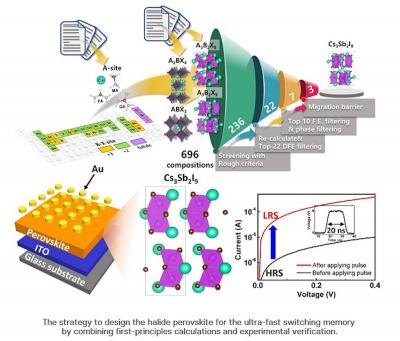Hunt Perovskite Technologies merges with 1366 Technologies to create CubicPV
Hunt Perovskite Technologies has joined forces with 1366 Technologies, a US-based energy company, in a newly formed company Known as CubicPVâ„¢.
The merger combines two technologies ' 1366's Direct Wafer® process and HPT's printed perovskite photovoltaic (PV) technology ' to bring to market tandem modules. The newly combined company, called CubicPV, will also receive $25 million in funding from Hunt Energy Enterprises, L.L.C. (HEE), First Solar, Inc. (NASDAQ: FSLR), Breakthrough Energy Ventures (BEV) and others. HEE will join the Board of Directors.





